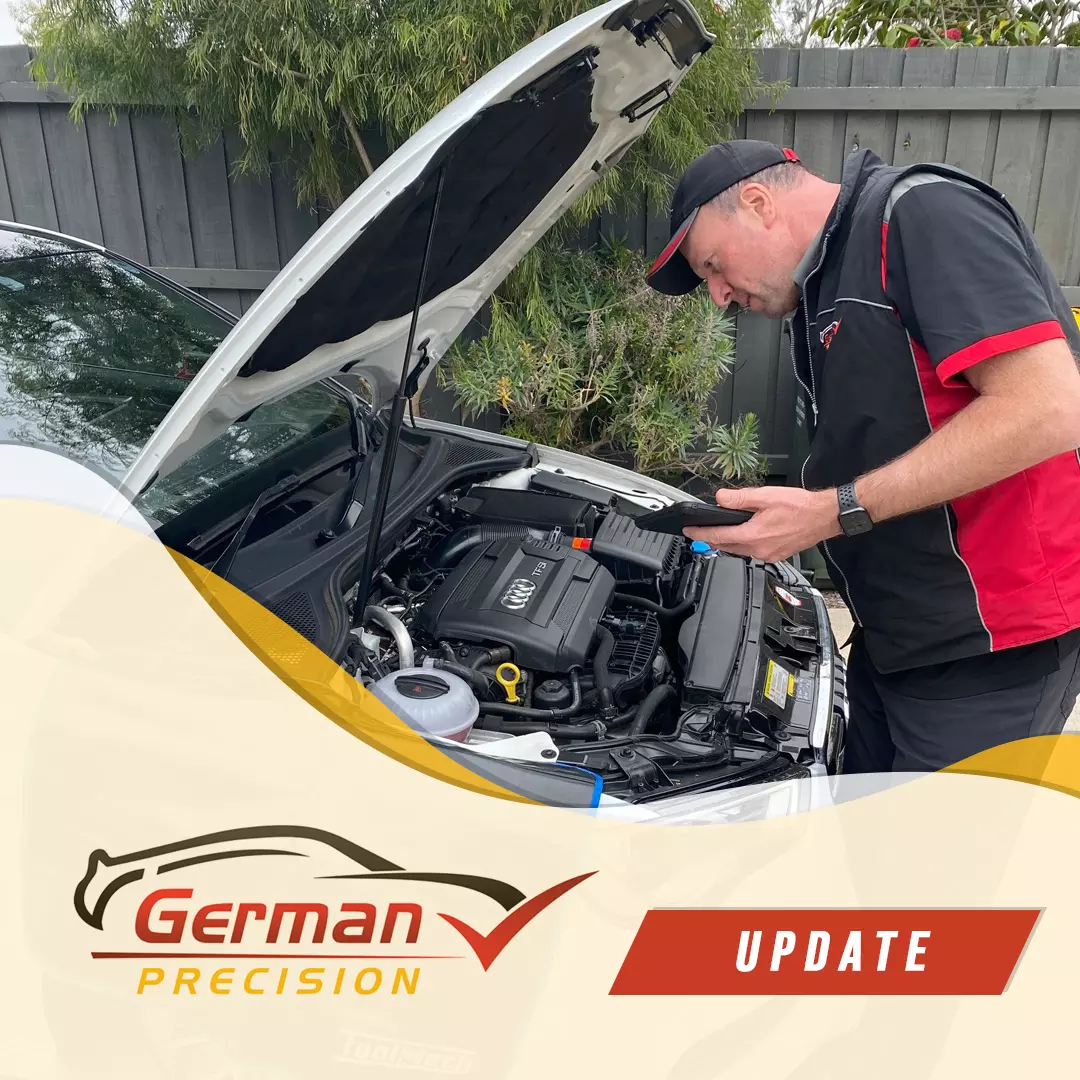Where have all the cheap cars gone? The simple answer is that they’ve gone and aren’t coming back anytime soon.
Modern technology has produced an amazing vehicle in today’s motor car and is a testament to the skills of numerous sectors. The wiring alone of a single-piece roof panel, containing hundreds of metres of wiring that make use of sensors, lidar, and radar devices, is almost mind-boggling, not to mention the complex construction of a modern tyre. So it’s difficult to believe that these cars could be made at any cost.
Also, there are plants that produce these units at up to 1000 units per shift, and more and more are powered by renewable energy sources, acting as an example for the entire manufacturing sector. So, when considering the costs associated with producing and distributing a vehicle throughout Australia, one must consider the 12,000 to 15,000 intricately designed and manufactured parts, as well as complex distribution chains.
50 years ago, cars were a luxury item, and thus prices were high. Cheap cars have only recently become available. Japanese brands such as Honda and Nissan (formerly Datsun) were priced comparably with local manufacturers such as Holden, Ford, and Chrysler, even in the early days. The arrival of Hyundai, a Korean upstart, in the late 80s is said to have started the cheap and cheerful automotive revolution.
The huge marketing budgets advertised that new cars were as inexpensive as other vehicles on the market, and this movement helped to make purchasing a new car accessible to everyone.
Is it true that those days are over?
Cars priced below $20,000—a long-standing benchmark for affordability—are an endangered species, and established automakers have little desire to save them. Because of COVID or natural disasters production has been severely disrupted, but Ford, General Motors, Toyota, Stellantis, and Volkswagen, among others, are doing very well financially.
There is an excess of demand relative to the available supply of new vehicles, resulting in record-high new-vehicle prices.
The car-building process is plagued with hard costs, and those costs are rising inexorably. Cold-rolled steel has risen by 25 per cent in price per tonne since January 2021 and by almost 100 per cent since January 2020. The semiconductor crunch has also reduced production across the board, resulting in an imbalance between supply and demand and an adverse impact on affordability. Higher-cost materials and more sophisticated engines are forcing OEMs to trim weight, as emissions regulations become ever tighter. Safety tech requirements are also driving up the price chain and extending down it, forcing OEMs to slash weight.
Because of all these forces, the automobile’s base price must go up.
Some brands are standing firm on the issue of prices; it can be said that MG now owns the ‘cheap and cheerful’ sector that other brands like Hyundai and Kia have abandoned, for example. However, those issues – safety, emissions, and raw material costs – will sooner or later come back to haunt us.
The company’s Chinese parent, SAIC Motor, has provided some protection against pricing pressures, but the party can’t last forever. However, the popularity of that brand among consumers indicates a real yearning for economical vehicles.
Vehicle affordability will become a bigger issue in the back half of the 2020s, given the combination of stagnant wage growth and upcoming pricier finance. Cupra and GWM, two new brands, are not concerned with providing good value for money, whereas the probable arrival of Dacia – Renault’s economical and cheerful European interpretation – seems to have been halted.
However, it’s true that most automotive companies can purchase less expensive vehicles from other countries, but it is improbable that the numbers will add up to bring them to Australia. Despite all the hype, there is still no vehicle that offers what an Australian buyer wants at an affordable price. It’s very unlikely that Australian new-car buyers will be able to purchase a vehicle for less than $23,000 by the midpoint of this decade, and that the category will rise to under $30,000 by 2030. For those who can’t afford such a big stretch, buying a new car is a real issue. However, it is unlikely that prices will ever decrease again.
German Precision
To buy a used car with confidence and at a reasonable price, it’s best to have it inspected by a professional car inspector.
German Precision offers Pre purchase Inspections across Melbourne and regional Victoria, with over 35 years of experience in numerous premium vehicle businesses.
Book your pre purchase inspections with our staff who are experienced in positions ranging from master technicians, workshop foremen, controllers, service advisors and service managers to provide you with reliable and excellent services. Contact us today to arrange an inspection.

